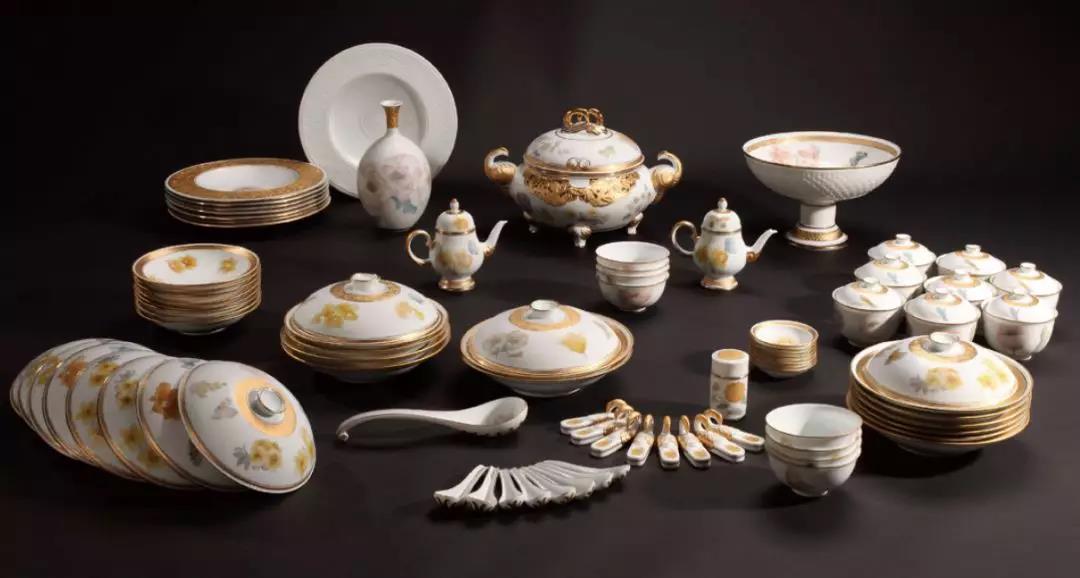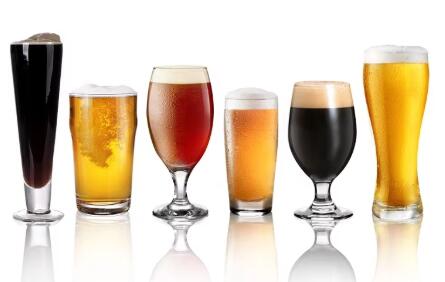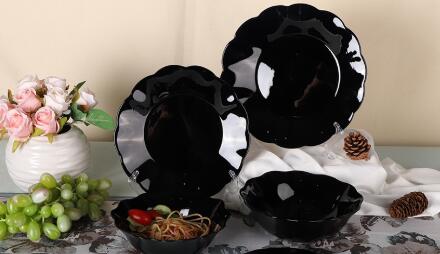How much do you know about ceramics?
Pulished on Jun. 27, 2019Ceramics, a well-known noun, has existed for thousands of years as the pride of the Chinese nation.
However, for most people who are not in the powder industry, it is actually the "most familiar stranger."
Ceramics have moved away from the earliest definitions and are moving towards advanced ceramics
with outstanding unique properties.
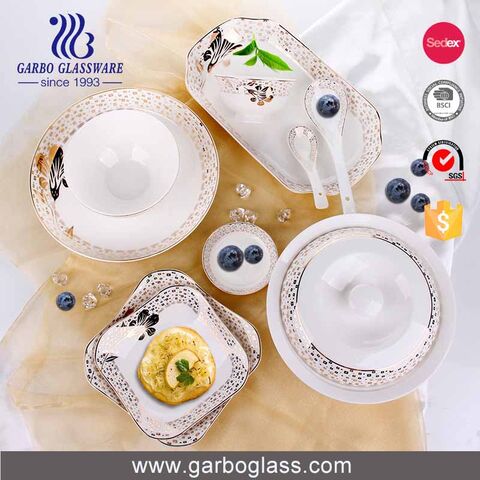
Ceramic materials are generally divided into two categories: traditional ceramics and special ceramics.
Traditional ceramics are products made from natural silicate powders (such as clay, kaolin, etc.).
Because of the mixed ingredients of raw materials and the fluctuation of product performance,
it is only used for daily-use ceramics, art porcelain and building sanitary ceramics.
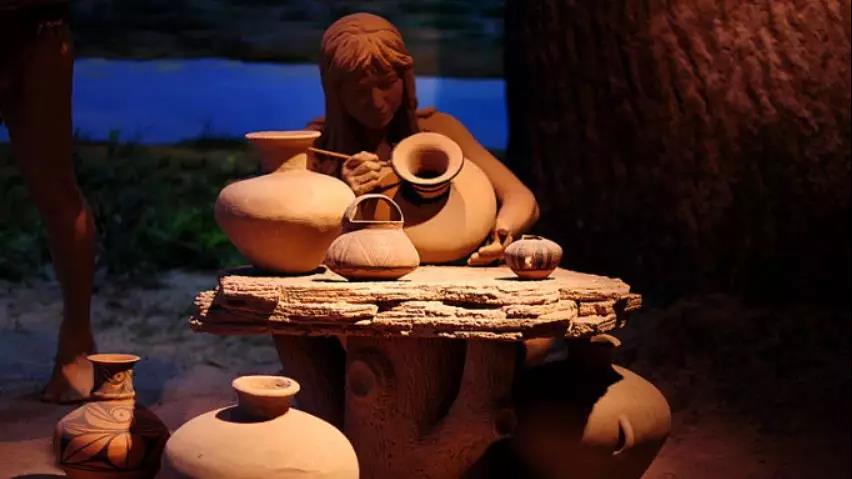
Special ceramics have various names, such as modern technical ceramics, modern ceramics, fine ceramics and so on.
It is a high-performance material manufactured according to the required product performance through
strict composition and production process control. It is mainly used in high temperature, corrosion, electronics
and biomedical fields. It is one of the most active fields in the development of modern materials science. .
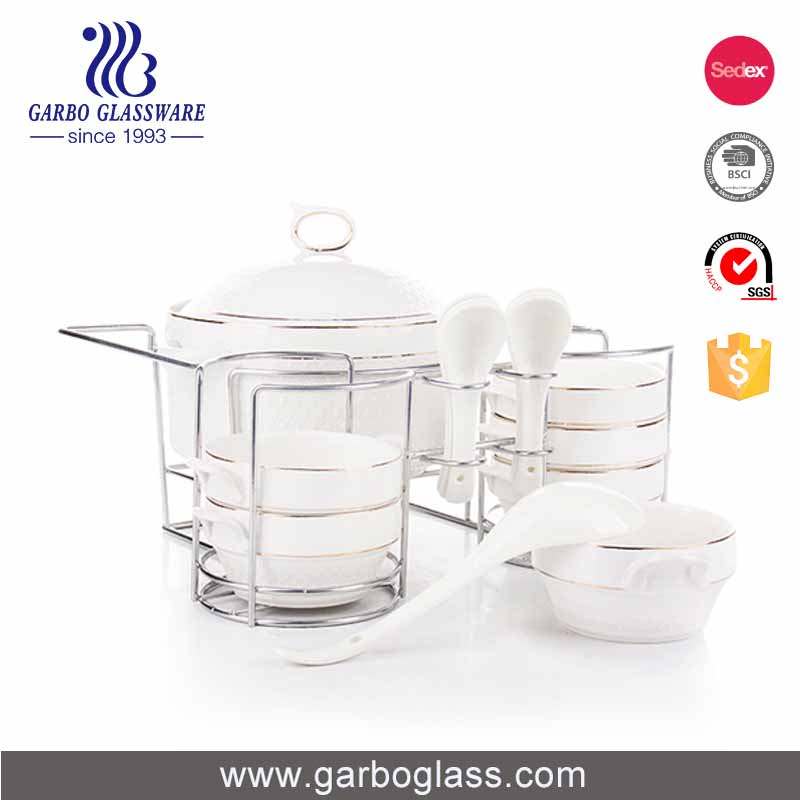
The porcelain body is densely non-absorbent, translucent, and has a stone-like or shell-like cross section;
the porcelain is fine and has a high degree of vitrification. Japanese dining tea set, porcelain and some
industrial porcelain, electric porcelain. A ceramic variety of daily necessities, building hygiene products,
and industrial supplies between pottery and porcelain.
Ceramic classification method
1.Usage
Can be divided into daily-use ceramics, art ceramics, sanitary ceramics, architectural ceramics,
electrical ceramics, electronic ceramics, chemical ceramics, textile ceramics, breathable ceramics and so on.
According to the division of raw materials and production processes, China's daily-use ceramics can be divided into
three categories: fine porcelain, ordinary porcelain, and coarse porcelain.
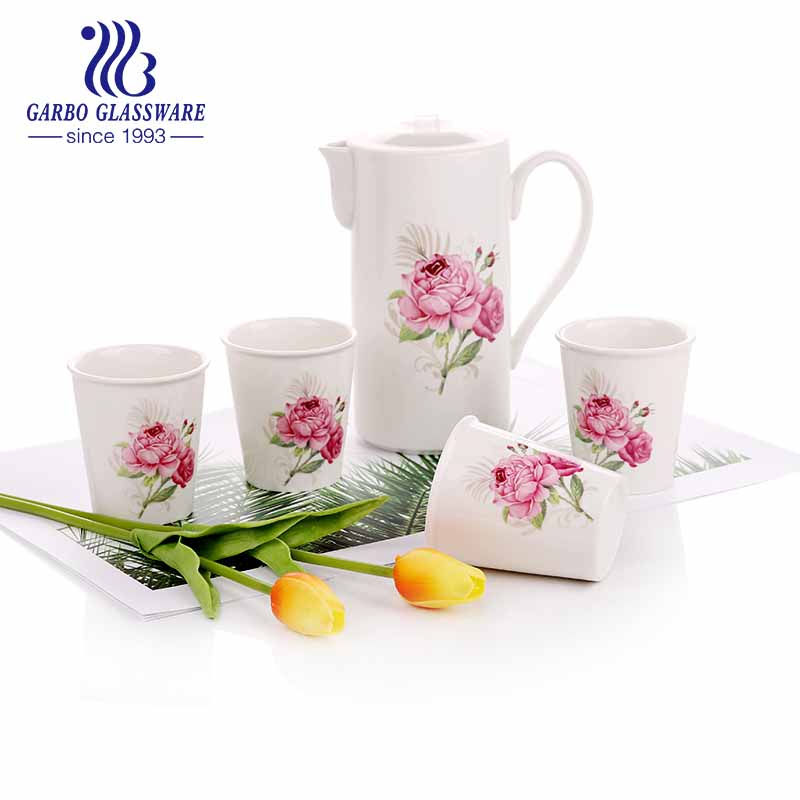
2.According to whether or not to apply glaze
Can be divided into glazed ceramics and unglazed ceramics.

3. According to the performance of ceramics
Can be divided into high-strength ceramics, ferroelectric ceramics, acid-resistant ceramics, high-temperature
ceramics, piezoelectric ceramics, high-toughness ceramics, electrolyte ceramics, optical ceramics (ie transparent ceramics),
magnetic ceramics, dielectric ceramics, magnetic ceramics and bio-ceramics, etc.

4.It can be easily divided into three categories: hard porcelain, soft porcelain and special porcelain.
(1)The porcelain produced in China is mainly made of hard porcelain. Hard porcelain, the composition of the green body
is less melted, the firing temperature is high, the white color is firmer than 1360 ° C, it is translucent, has good strength,
high chemical stability and thermal stability, and is poor electrical conduction. Body, such as electric porcelain, high-grade
tableware porcelain, chemical porcelain, ordinary daily-use porcelain, etc. are also such, can also be called feldspar glazed porcelain.
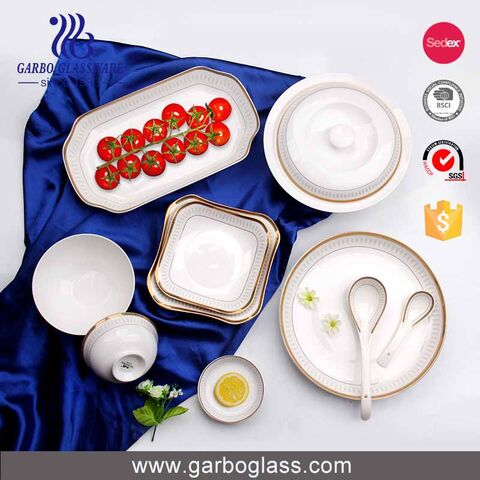
(2)The difference between soft porcelain and hard porcelain is that the body contains more flux, the firing temperature is
slightly lower, below 1300 °C, so its chemical stability, mechanical strength, dielectric strength are low, mostly used in fine
arts Porcelain, sanitary porcelain, ceramic tiles and various decorative porcelains, etc., usually such as urn porcelain and frit porcelain.
(3)A variety of special porcelain, mostly with various oxides as the main body, such as high-aluminum porcelain, which is mainly
alumina, magnesia porcelain, mainly magnesium oxide; talc porcelain, mainly talc; Porcelain, mainly ruthenium oxide or beryl;
zirconium porcelain, mainly zirconia; titanium porcelain, mainly titanium oxide.
There are ceramics everywhere in life. According to this essay, have you got more for ceramics?
